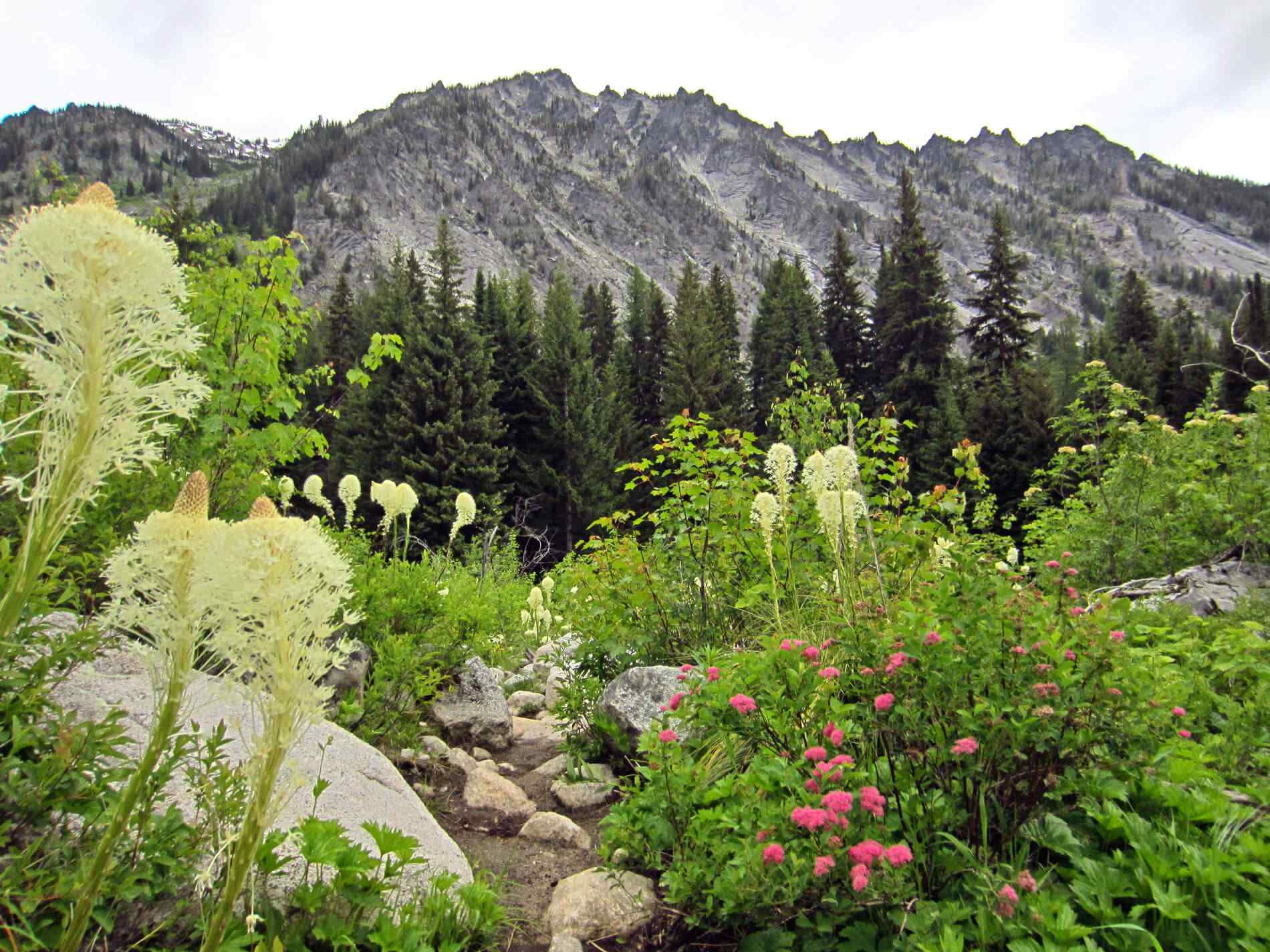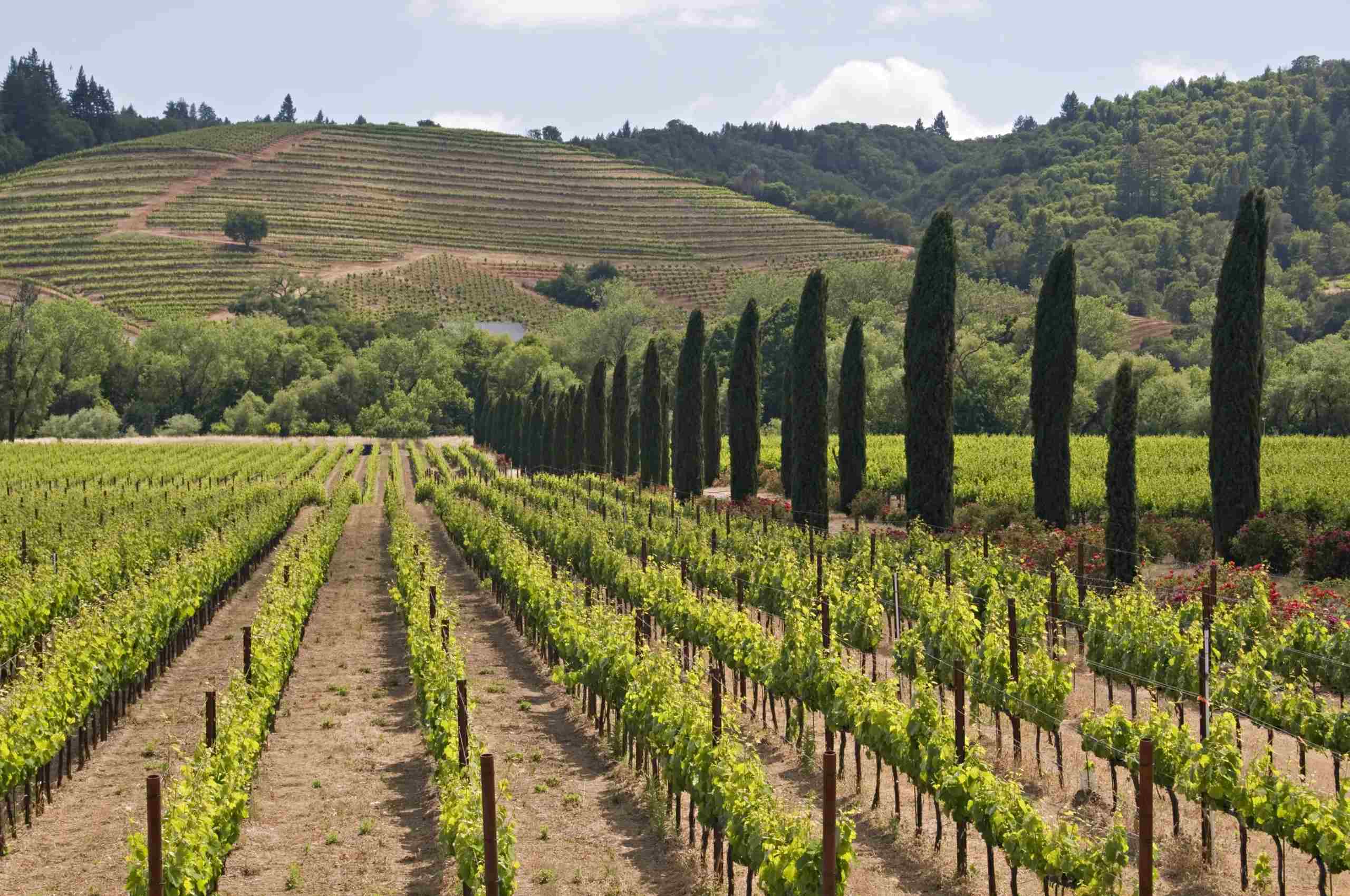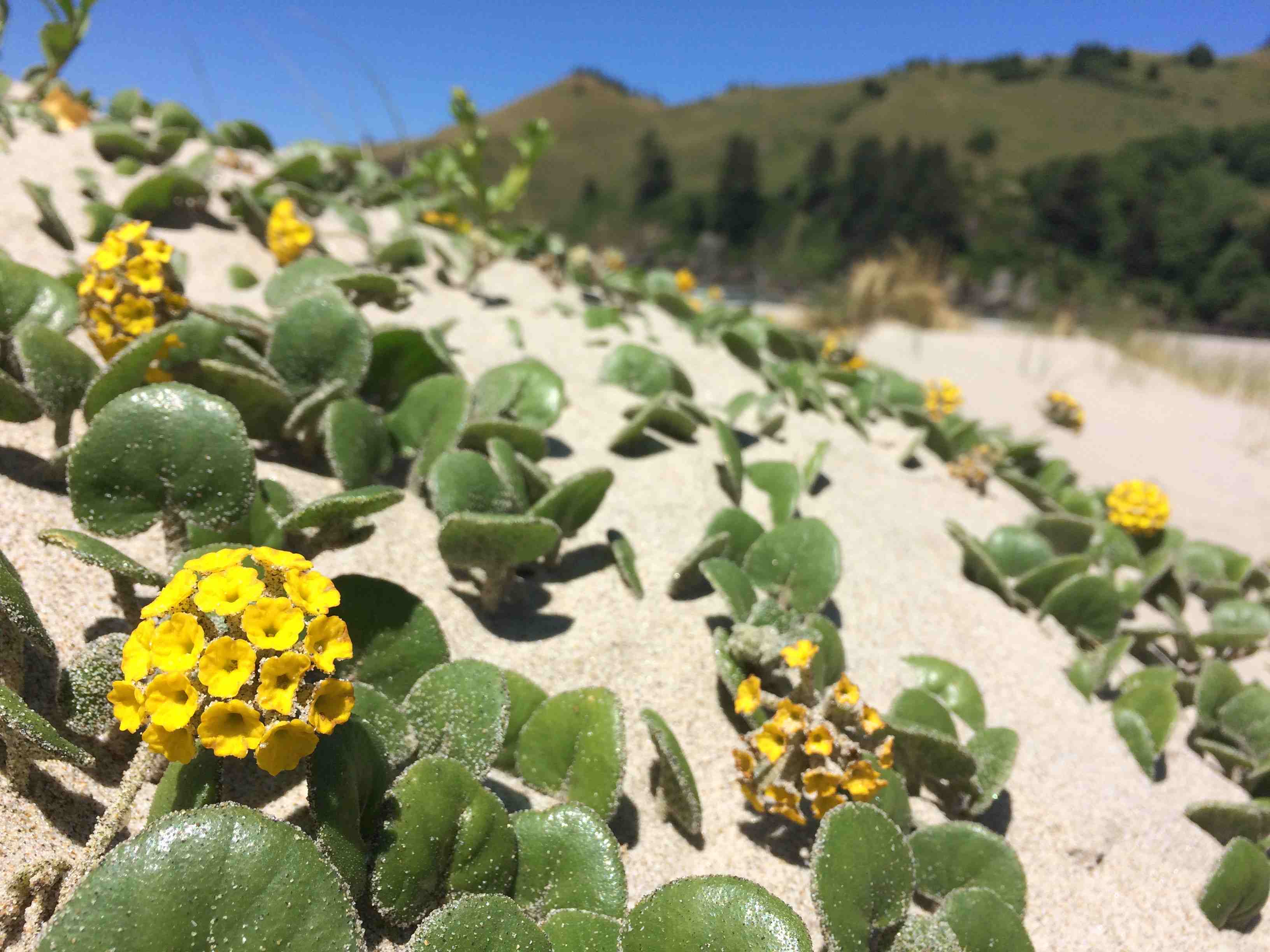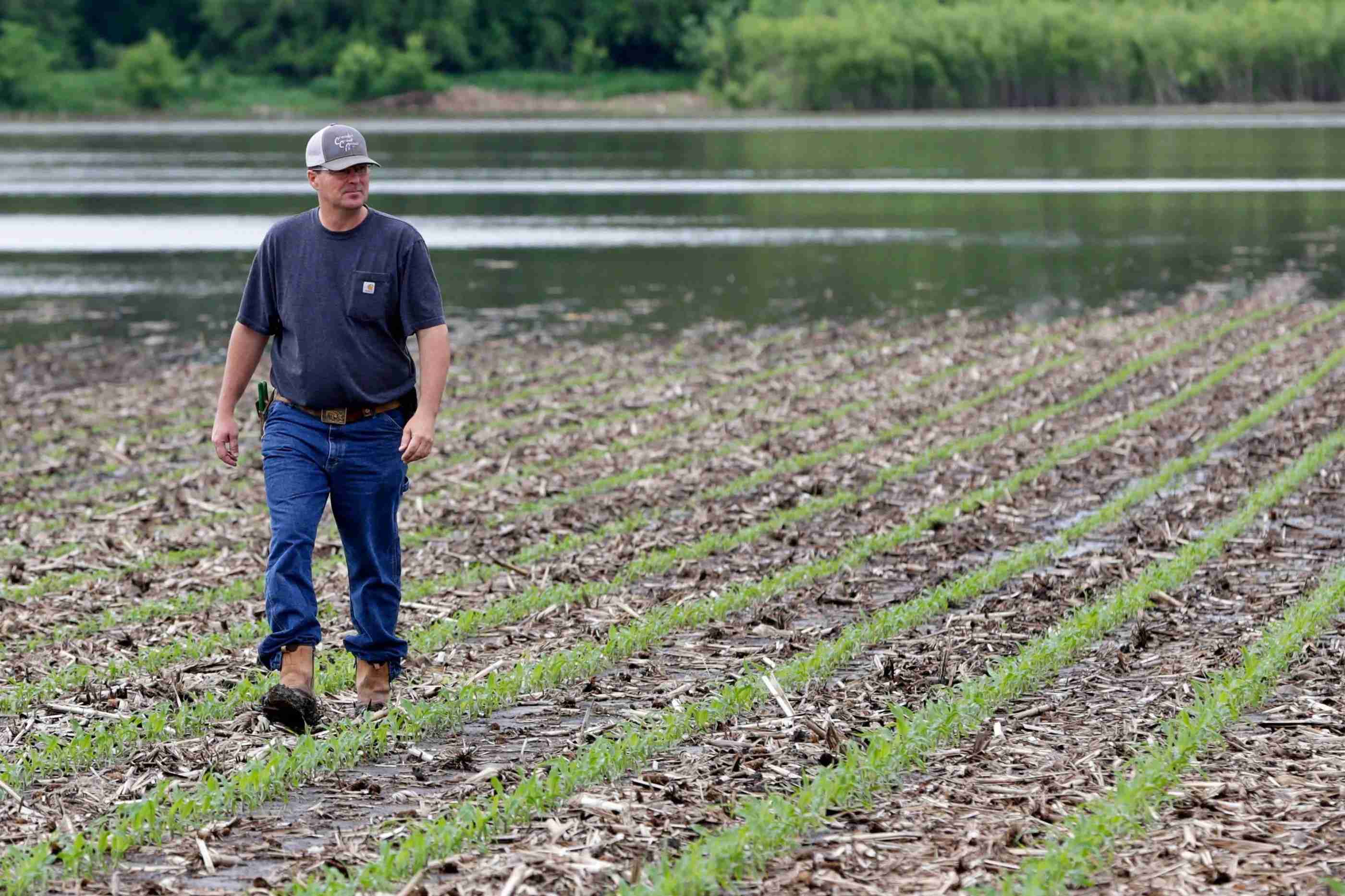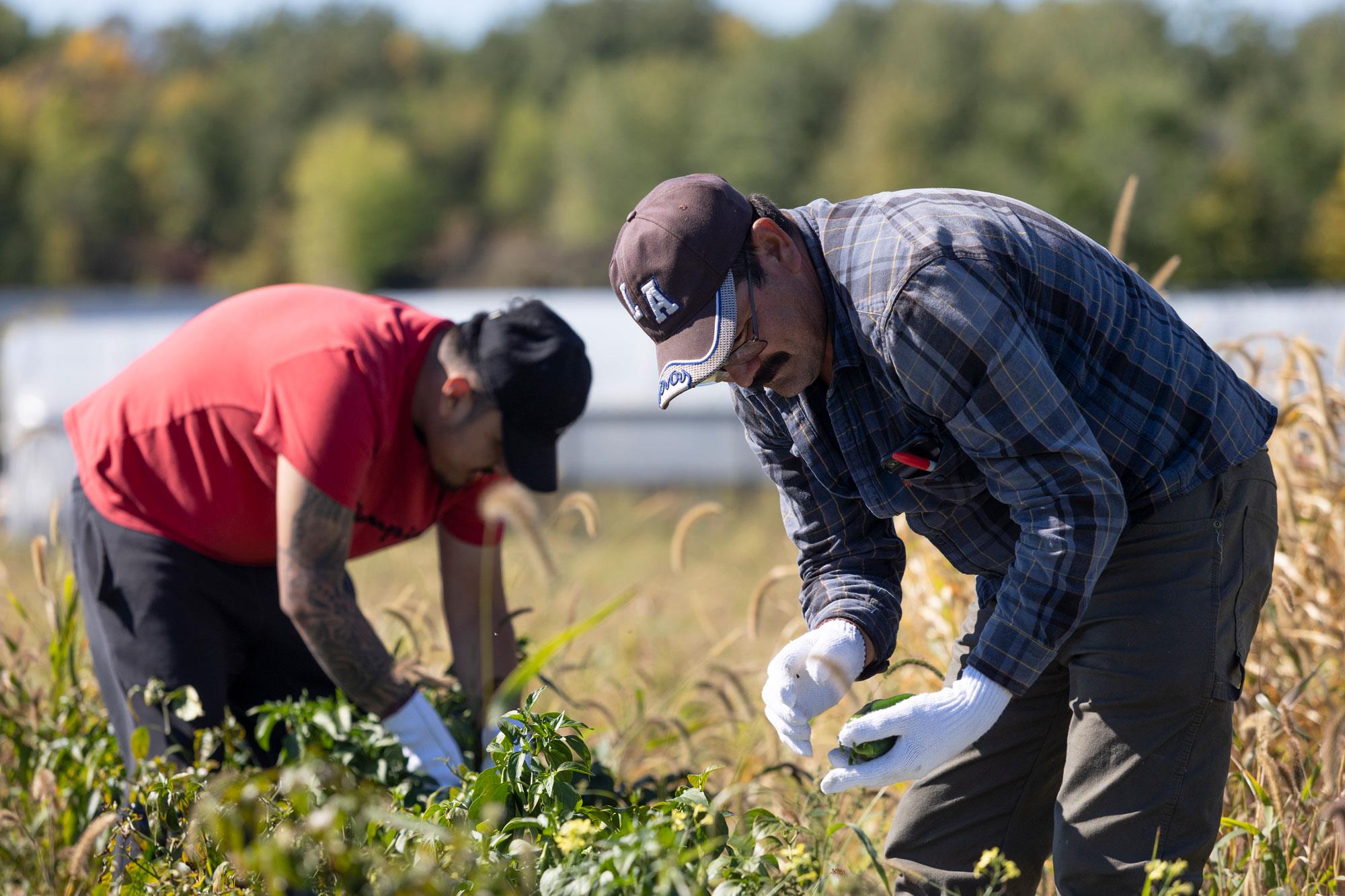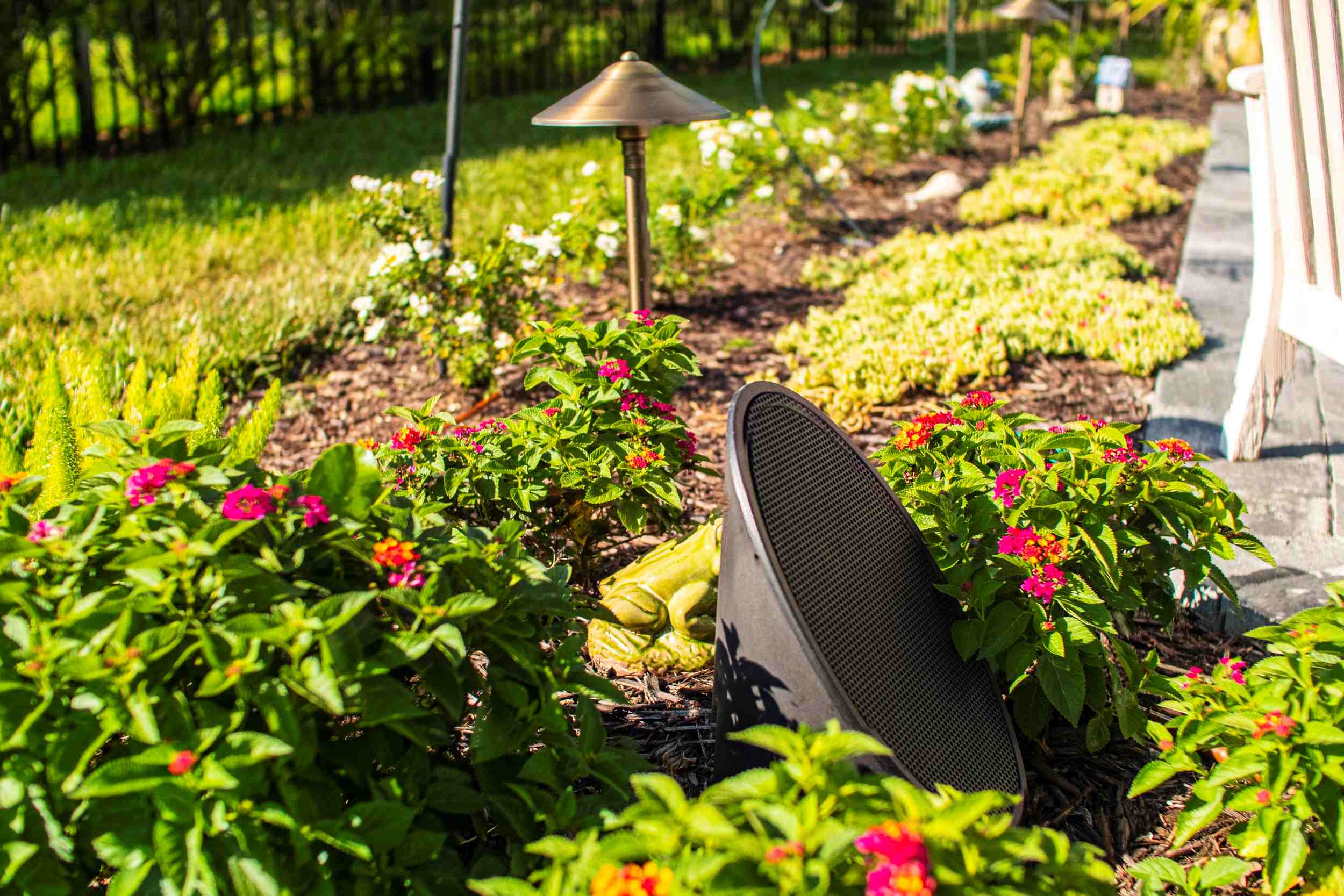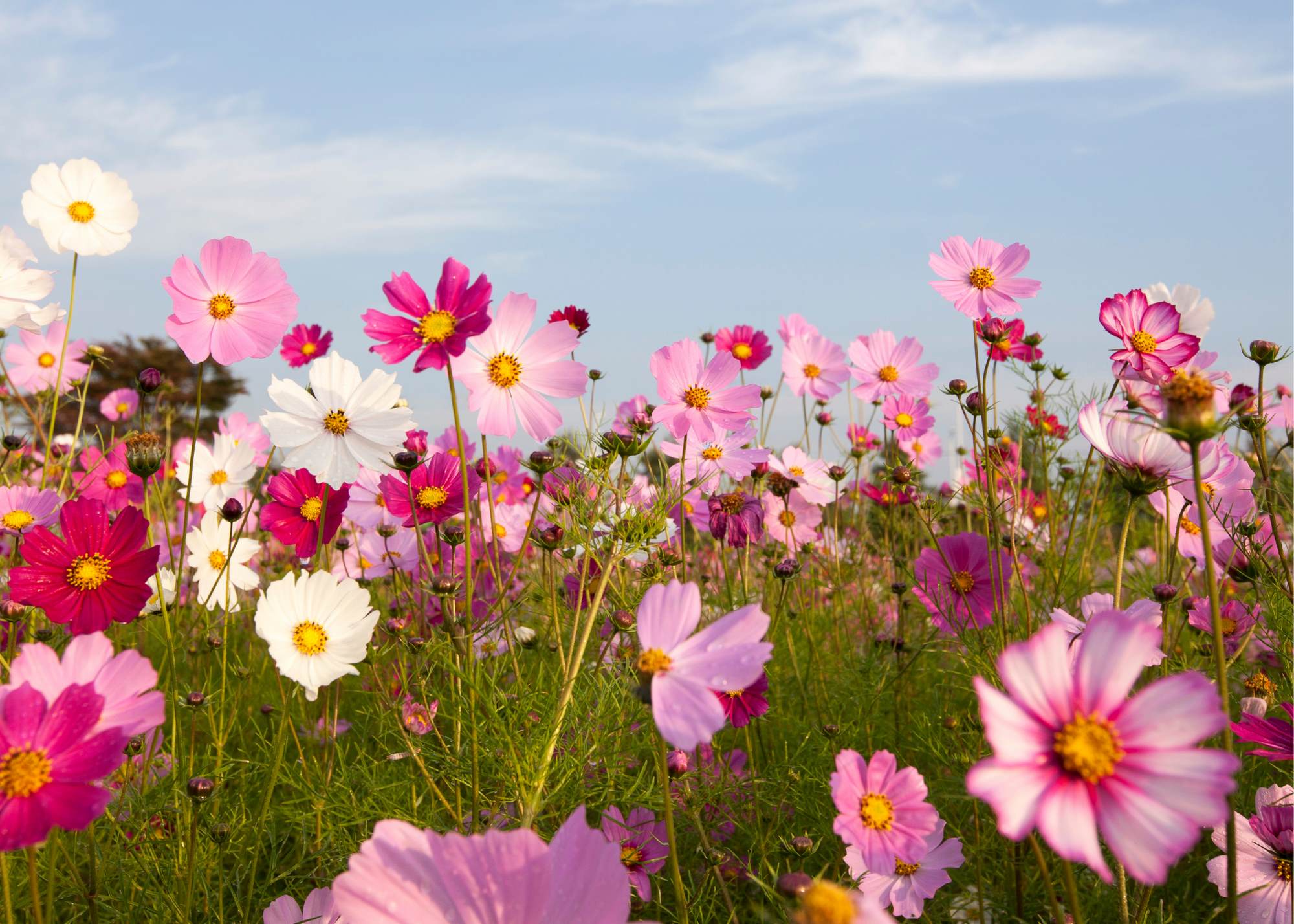Home>Gardening Basics>Understanding Soil>What Planting Zone Is Tacoma Washington
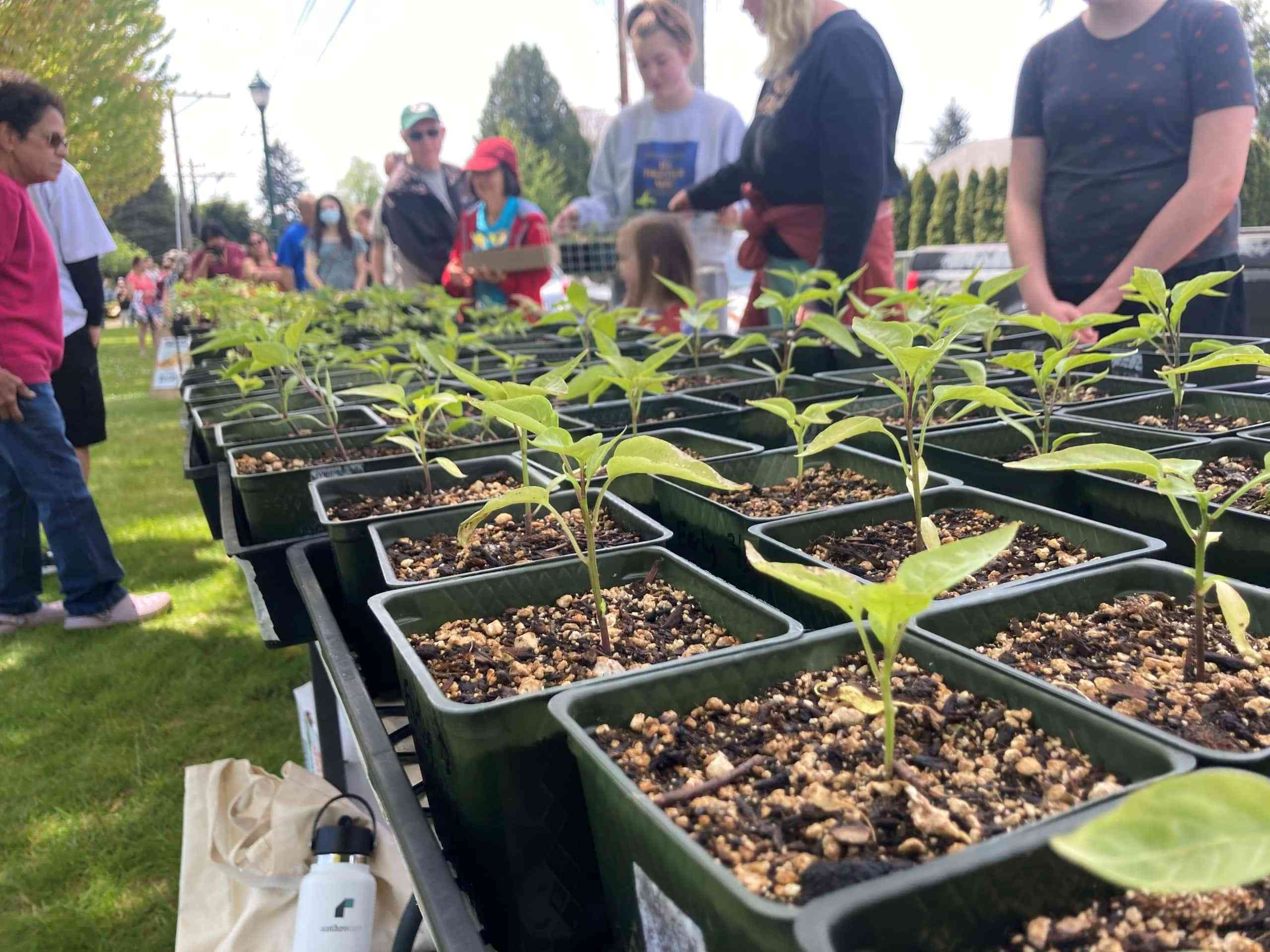

Understanding Soil
What Planting Zone Is Tacoma Washington
Modified: January 22, 2024
Find out the planting zone for Tacoma, Washington and get a better understanding of soil conditions ideal for successful gardening.
(Many of the links in this article redirect to a specific reviewed product. Your purchase of these products through affiliate links helps to generate commission for Chicagolandgardening.com, at no extra cost. Learn more)
Table of Contents
Introduction
Welcome to the beautiful city of Tacoma, Washington! If you’ve recently moved to Tacoma or you’re a gardening enthusiast looking to explore the local flora, understanding the planting zone of an area is crucial. Planting zones provide valuable information about the climate and growing conditions, helping you choose the right plants for your garden.
So, what exactly are planting zones? In simple terms, they are geographical areas categorized based on average temperatures and climate conditions. The United States Department of Agriculture (USDA) developed a systematic way to divide the country into different zones, known as the USDA Hardiness Zone Map. This map divides the United States into 11 different zones, each representing a specific temperature range.
Knowing the planting zone of a particular location is essential because it helps gardeners determine which plants are likely to thrive in that area. Different plants have different temperature requirements and tolerance levels, and being aware of the appropriate planting zone ensures the success of your gardening endeavors.
Tacoma, located in the Pacific Northwest, enjoys a mild climate characterized by cool summers and relatively mild winters. The city experiences a maritime climate, influenced by the Pacific Ocean and its proximity to the Cascade Range. Understanding the specific climate of Tacoma is essential in determining the appropriate planting zone for the area.
So, how do you determine Tacoma’s planting zone? The USDA Hardiness Zone Map is the primary resource for identifying the planting zone of any location in the United States. By referencing the map, you can find out which zone Tacoma falls into. However, it’s important to note that microclimates, local topography, and other factors can also influence the specific planting conditions in a given area.
In this article, we’ll delve deeper into the factors that affect the planting zone in Tacoma, Washington. We’ll explore the local climate, microclimates, and other elements that gardeners need to consider when choosing plants for their gardens. So, let’s embark on a journey to understand Tacoma’s planting zone and discover the beauty of gardening in this vibrant city!
What are Planting Zones?
Planting zones, also known as hardiness zones, are geographical regions categorized based on average temperature ranges and climate conditions. The United States Department of Agriculture (USDA) developed the USDA Hardiness Zone Map, which divides the United States into 11 different zones, each characterized by a specific temperature range.
The primary purpose of planting zones is to provide gardeners and horticulturists with valuable information about the suitability of plants for a particular region. Different plants have different temperature requirements and tolerance levels. By understanding the planting zone of a specific area, gardeners can select plants that are more likely to thrive and survive in their gardens.
The USDA Hardiness Zone Map is created using climatic data such as the average minimum temperature of an area. The zones range from zone 1, which represents the coldest temperatures, to zone 11, which indicates the warmest temperatures. Each zone is further divided into subzones, denoted by letters (A and B), to provide more precise temperature rankings.
Planting zone information is crucial for gardeners as it helps them determine the best time to plant different crops, flowers, trees, and shrubs. It also assists in identifying the plants that are more likely to withstand the local climate conditions.
Planting zones can vary widely across different regions due to various factors, such as altitude, proximity to bodies of water, and geographic features. For example, areas near the coast may have milder climates compared to inland areas, leading to different planting zones even within the same region.
It’s important to note that while planting zones provide a general guideline, they are not the only factor to consider when choosing plants for a garden. Other factors, such as soil type, sun exposure, precipitation, and wind patterns, also play a significant role in determining what will thrive in a specific location.
By understanding planting zones and considering other environmental factors, gardeners can make informed decisions about which plants to grow in their gardens. This knowledge ensures that the plants chosen have the best chance of success and can thrive in their intended environment.
The Significance of Planting Zones
Planting zones play a crucial role in gardening and landscaping, offering valuable information about the suitability of various plant species for specific regions. Understanding the significance of planting zones can help gardeners make informed decisions and maximize the success of their gardens.
One of the main advantages of planting zones is that they provide guidance on selecting plants that are well-adapted to local climate conditions. Different plants have different temperature tolerances, and planting within the appropriate zone ensures that they are exposed to favorable growing conditions.
By adhering to planting zone recommendations, gardeners can ensure that their plants are more likely to survive and flourish. This saves them from the disappointment and effort of trying to grow plants that are ill-suited to their region’s climate.
Another significant benefit of planting zones is that they help determine the timing of planting. The USDA Hardiness Zone Map indicates the average date of the last frost in each zone. This information helps gardeners determine when it’s safe to start planting or transplanting tender plants outdoors without the risk of frost damage.
Planting within the recommended timeframe gives plants a better chance of establishing strong root systems and adapting to the local climate. It also allows gardeners to plan and prepare for the growing season, ensuring that their gardens are ready for optimal growth and productivity.
Planting zones also provide valuable insight into the selection of plant species and varieties. Certain plants may thrive in one zone but struggle in another due to temperature differences. By knowing their planting zone, gardeners can narrow down their choices and select plants that are well-suited to their specific climatic conditions.
Moreover, planting zones serve as a helpful tool for gardeners who are new to an area or looking to experiment with new plants. By referring to the appropriate planting zone, they can confidently explore new plant species, knowing that they are more likely to thrive in their garden.
Additionally, businesses in the horticulture industry, such as nurseries and seed suppliers, rely on planting zones to provide recommendations to their customers. By understanding the significance of planting zones, it becomes easier for both professionals and hobbyists to locate and obtain the right plants for their projects.
In summary, planting zones are instrumental in ensuring successful gardening and landscaping. By providing guidance on plant suitability, optimal planting times, and plant selection, they empower gardeners to make informed choices that increase the chances of their plants thriving. Whether you’re a seasoned gardener or just starting out, understanding and utilizing planting zones can make a significant difference in the success and enjoyment of your gardening endeavors.
Understanding Tacoma, Washington’s Climate
Tacoma, Washington, is located in the Pacific Northwest region of the United States and enjoys a unique climate influenced by its proximity to both the Pacific Ocean and the Cascade Range. To understand Tacoma’s planting zone, it’s important to delve into the characteristics of its climate.
Tacoma experiences a maritime climate, characterized by mild and relatively wet winters, and cool summers. The moderating influence of the Pacific Ocean helps to keep temperatures relatively temperate throughout the year.
Winters in Tacoma are typically mild, with average temperatures ranging between 30°F (-1°C) and 45°F (7°C). Snowfall is relatively rare in the area, though occasional snow showers do occur. Rainfall is more common, with the winter months receiving the highest amounts of precipitation.
Summers in Tacoma are generally mild to warm, with average temperatures ranging between 60°F (16°C) and 75°F (24°C). The city benefits from a cool breeze that comes from the nearby Strait of Juan de Fuca, providing some relief from the heat.
Precipitation is spread throughout the year, but the highest amounts are received during the fall and winter months. Tacoma experiences a significant amount of rainfall, with an average annual precipitation of around 40 inches (1,016 mm). This plentiful rainfall contributes to the lush greenery and vibrant plant growth in the region.
Due to its proximity to the Pacific Ocean, Tacoma also experiences higher humidity levels compared to more inland areas. This can have an impact on plant selection and care, as certain plants may be more susceptible to certain fungal diseases in humid conditions.
Microclimates can also influence the climate within Tacoma. Factors such as elevation, proximity to bodies of water, and shelter from surrounding hills can create variations in temperature and precipitation within the city. It’s important to consider these microclimate variations when selecting plants for your garden.
Understanding Tacoma’s climate is essential in determining its specific planting zone. This information helps gardeners choose plants that are well-suited to the region’s temperatures, rainfall patterns, and other climatic factors. By selecting appropriate plant species that can thrive in Tacoma’s unique climate, gardeners can create beautiful and sustainable gardens.
So, as you embark on your gardening journey in Tacoma, remember to embrace the mild climate, plan for the rainy seasons, and choose plants that can flourish in this enchanting corner of the Pacific Northwest.
Determining Tacoma’s Planting Zone
To determine the planting zone of Tacoma, Washington, we refer to the USDA Hardiness Zone Map. This map provides a standardized system for categorizing regions based on their average annual minimum temperatures and helps gardeners identify the appropriate plants for their specific climate.
Tacoma falls within USDA Hardiness Zone 8b. This means that the average annual minimum temperature in Tacoma ranges from 15°F (-9°C) to 20°F (-6.7°C). Zone 8b is characterized by relatively mild winters, making it suitable for a wide variety of plant species.
It’s important to note that Tacoma’s coastal location and proximity to the Cascade Range can create microclimates within the city. While the overall planting zone for Tacoma is 8b, certain areas within the city may experience slightly different conditions. Factors such as elevation, proximity to bodies of water, and local topography can affect temperature and rainfall patterns, influencing the microclimate of specific garden sites.
When determining Tacoma’s planting zone, it’s also essential to consider the frost dates. The average date of the last spring frost in Tacoma is typically around mid-April, while the average date of the first fall frost is around mid-November. These dates can vary slightly from year to year, so it’s best to monitor local weather conditions and use them as a guide for planting and harvesting times.
Understanding Tacoma’s planting zone is vital for selecting suitable plants and ensuring their success in the local climate. In Zone 8b, gardeners have a wide range of options available, including various perennials, shrubs, and trees that can withstand the relatively mild winters and thrive in the cool summers of the region.
When selecting plants for your garden in Tacoma, consider factors beyond just the planting zone. Assess the sun exposure, soil type, and moisture levels in your garden site, as these factors will also influence plant health and survival.
By consulting the USDA Hardiness Zone Map and understanding Tacoma’s specific planting zone, you can make informed decisions about which plants are likely to thrive in your garden. This knowledge will help you create a beautiful and resilient landscape that can withstand the climate challenges of Tacoma, Washington.
Factors Affecting the Planting Zone in Tacoma
While the USDA Hardiness Zone Map provides a general guideline for determining the planting zone of an area, it’s important to consider various factors that can influence the specific conditions within that zone. In the case of Tacoma, Washington, several factors can impact the planting zone and affect the suitability of different plant species.
1. Proximity to the Pacific Ocean: Tacoma’s location near the Pacific Ocean has a significant influence on its climate. The ocean acts as a moderating force, helping to keep temperatures relatively mild year-round. The maritime influence can create a more temperate climate, allowing for a more extended growing season and a wider range of plant options.
2. Elevation: Elevation plays a role in determining the microclimates within Tacoma. Higher elevations can experience cooler temperatures and different weather patterns compared to lower-lying areas. Gardeners located at higher elevations within Tacoma may need to consider plants that are more tolerant of colder temperatures.
3. Rainfall and Drainage: Tacoma receives a significant amount of annual precipitation, thanks to its proximity to the mountains and the Pacific Ocean. However, the amount and frequency of rainfall can vary within the city, depending on local topography and microclimates. It’s essential to consider the drainage capabilities of your garden site and select plants that can tolerate the moisture levels typical of the area.
4. Microclimates: Microclimates can be found throughout Tacoma, influenced by factors such as proximity to bodies of water, urban heat island effects, and localized wind patterns. For example, areas closer to the water may experience milder temperatures, while inland areas might be slightly colder. Paying attention to microclimatic variations can help you select plants that are best suited to your specific garden site.
5. Sun Exposure: The amount of sunlight your garden receives can significantly impact plant growth and health. When selecting plants in Tacoma, consider the sun exposure of your garden site. Some plants thrive in full sun, while others prefer partial shade. Understanding the sun patterns and adjusting your plant choices accordingly will optimize their chances of success.
6. Soil Type: Soil composition and quality can vary within Tacoma. Some areas have soil that is more acidic, while others are more alkaline. Additionally, factors such as soil moisture and drainage capacity can differ from one site to another. Before planting, it’s important to evaluate the soil in your garden and choose plants that are well-suited to its specific characteristics.
By considering these factors, gardeners in Tacoma can make informed decisions when selecting plants for their gardens. While the general planting zone provides a starting point, understanding the localized conditions can greatly enhance the success and longevity of your garden.
Remember to observe and adapt to the specific conditions in your garden, as your observations and experiences will guide you in making appropriate plant choices and provide optimal care for your plants.
Plants Suitable for Tacoma’s Planting Zone
Tacoma, Washington’s planting zone of 8b offers a diverse range of plant options that can thrive in its relatively mild winters and cool summers. Whether you’re looking to create a vibrant flower garden, establish a lush green landscape, or grow your own vegetables, there are plenty of plants suitable for Tacoma’s planting zone to choose from.
1. Rhododendrons and Azaleas: These flowering shrubs are well-suited to Tacoma’s climate. They thrive in the cool temperatures, moderate humidity, and acidic soil that is typical of the region. Rhododendrons and azaleas provide vibrant blooms in various colors and can add a splash of color to your garden.
2. Japanese Maples: Known for their stunning foliage, Japanese maples are a popular choice for Tacoma’s gardens. These trees offer a range of leaf colors and shapes and do well in the region’s mild climate. Japanese maples prefer partially shaded areas and can provide a beautiful focal point in your landscape.
3. Ferns: Tacoma’s climate, with its ample rainfall and moderate temperatures, creates the perfect environment for ferns. These shade-loving plants showcase intricate fronds and add a touch of elegance to any garden. Ferns are particularly well-suited to woodland gardens or shady corners of your landscape.
4. Rhubarb: If you’re interested in growing edible plants, rhubarb is an excellent choice for Tacoma’s planting zone. This hardy perennial vegetable thrives in cooler climates and can withstand the region’s mild winters. Rhubarb plants produce stalks that are commonly used in pies, jams, and other delicious treats.
5. Hostas: Known for their attractive foliage and ability to tolerate shade, hostas are an ideal choice for Tacoma gardens. Their broad leaves come in various shades of green and sometimes feature beautiful variegation. Hostas are low-maintenance and can add texture and visual interest to your landscape.
6. Native Plants: Consider incorporating native plants into your Tacoma garden. Native species have adapted to the local climate and soil conditions and are often drought-tolerant and resistant to pests and diseases. Some native plant options include Oregon grape, salal, sword ferns, and Kinnikinnick. Using native plants also promotes biodiversity and supports local ecosystems.
When selecting plants for your Tacoma garden, consider your specific site conditions, such as sun exposure, soil type, and drainage. These factors will help determine which plants are best suited for your particular garden space.
Remember that proper care and maintenance are essential for the success of your plants. Providing adequate water, adjusting for seasonal changes, and addressing any specific care requirements will help your plants thrive in Tacoma’s planting zone.
Whether you aim to create a beautiful flower garden, a productive vegetable patch, or a serene landscape, Tacoma’s planting zone offers a wide range of plants that can flourish in the region’s climate. Explore the diverse selection of plants suitable for Tacoma, and let your garden thrive in this vibrant Pacific Northwest city.
Conclusion
Understanding the planting zone of Tacoma, Washington, is essential for any gardening enthusiast looking to create a thriving and sustainable garden. By recognizing Tacoma’s specific climate conditions and planting zone, gardeners can select plants that are well-suited to the region’s mild winters, cool summers, and moderate rainfall.
The USDA Hardiness Zone Map categorizes Tacoma as Zone 8b, indicating average annual minimum temperatures ranging from 15°F (-9°C) to 20°F (-6.7°C). However, it’s important to consider other factors that can influence planting conditions, such as microclimates, proximity to the Pacific Ocean, elevation, and variations in soil type.
Gardeners in Tacoma have a wide range of plant options to choose from. Rhododendrons, azaleas, Japanese maples, ferns, rhubarb, hostas, and native plants are just a few examples of the plant species that can thrive in Tacoma’s planting zone. Proper care and maintenance, as well as consideration of specific site conditions, will enhance the success of these plants in your garden.
Despite the general planting guidelines provided by the USDA Hardiness Zone Map, it’s important to observe and adapt to the unique conditions of your garden site. Monitoring sun exposure, moisture levels, and other environmental factors will help you make informed decisions when selecting plants and optimizing their growth and health.
Gardening in Tacoma is a delightful experience, filled with opportunities to create vibrancy, beauty, and sustainability in your outdoor space. Whether you’re aiming to create an exquisite flower garden, grow your own vegetables, or establish a serene landscape, understanding Tacoma’s planting zone ensures that your garden thrives in harmony with the local climate.
So, embrace the mild climate, appreciate the lush greenery, and indulge in the joy of gardening in Tacoma, Washington. With careful consideration of the planting zone and selection of suitable plants, your garden will flourish and bring you years of beauty, joy, and bountiful harvests.

